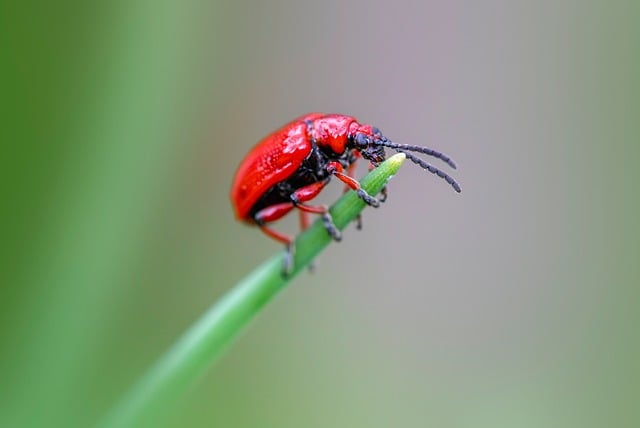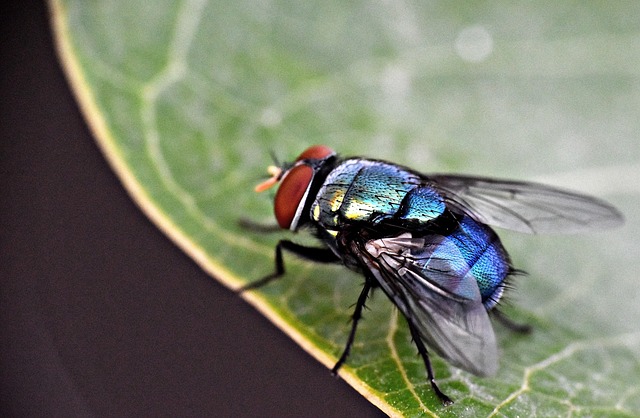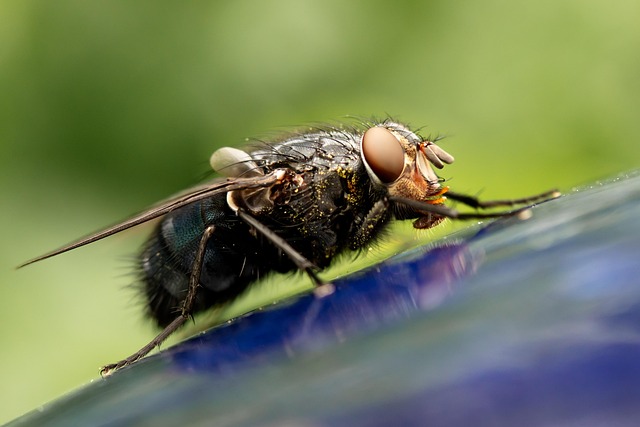Early detection is vital for effective pest control in Denver apartments. Look for red/brown spots, tiny insects, musty odors, and shed skins as bed bug indicators. For raccoon exclusion, inspect for droppings, seal entry points, maintain sanitation, trap strategically, and use repellents. Implement a surveillance plan with visual checks and traps to prevent bed bugs and raccoon intrusion.
In the bustling landscape of Denver, recognizing the first signs of bed bugs in apartments is crucial for effective pest control. This urban enigma can quickly turn into a persistent problem if left unaddressed. Our guide helps you navigate this challenging situation with a comprehensive raccoon exclusion plan. Learn to identify early indicators of infestation and implement strategic monitoring to ensure success in eradicating these pesky visitors. By following our tailored steps, you’ll foster a bug-free environment, making your Denver apartment a peaceful sanctuary once more.
- Recognizing the First Signs of Bed Bugs in Denver Apartments
- Crafting an Effective Raccoon Exclusion Plan
- Implementation and Monitoring Strategies for Successful Pest Control
Recognizing the First Signs of Bed Bugs in Denver Apartments

Recognizing the early indicators of a bed bug infestation is crucial for effective pest control in Denver apartments. Tenants and property managers should be vigilant for several telling signs, as early detection can significantly ease the eventual exclusion process. One of the first visible symptoms is the presence of small red or brown spots on bedding, mattresses, and furniture. These spots are often bed bug excrement, easily identifiable when magnified. Another telltale sign is the discovery of tiny, flat, oval-shaped insects, which are about the size of a rice grain, commonly found in crevices and folds of bedding and upholstery.
Additionally, an unpleasant sweet or musty odor may permeate affected areas, serving as another subtle indicator. Bed bugs leave behind shed skins and eggs, so a persistent, fine, powdery texture on surfaces could also signal an ongoing infestation. Prompt action is essential once these signs are observed, as bed bugs reproduce rapidly. Engaging professional pest control services specializing in raccoon exclusion strategies is recommended for effective and efficient management of the issue.
Crafting an Effective Raccoon Exclusion Plan

Crafting an Effective Raccoon Exclusion Plan starts with identifying the first signs of raccoon activity, such as droppings or tracks, in Denver apartments. Once detected, it’s crucial to assess potential entry points—cracks in walls, broken windows, or loose roof shingles—and seal them tightly using materials like steel wool, caulk, or mesh. This initial step is vital to prevent further invasion and protect against future infestations.
To ensure success, the plan must include a comprehensive inspection of the property, focusing on areas raccoons frequently inhabit. Regular maintenance and sanitation practices, such as keeping garbage bins secure and outdoor areas clean, can also deter these nocturnal creatures. Additionally, setting up traps or using repellents specifically designed for raccoons, in conjunction with professional pest control services when necessary, can significantly enhance the effectiveness of your exclusion strategy.
Implementation and Monitoring Strategies for Successful Pest Control

The success of a raccoon exclusion plan hinges on effective implementation and continuous monitoring. Once the strategy is set, it’s crucial to act swiftly and methodically. Begin by sealing entry points with appropriate materials, ensuring no visible gaps or openings for raccoons to re-enter. Use sealed containers for food storage and dispose of garbage regularly to minimize attractants. Regular inspections are vital; check for any signs of raccoon activity like droppings, tracks, or scent markers.
Monitoring should include both visual checks and using traps with bait as a last resort. Traps should be placed strategically in areas where raccoons have been spotted previously. It’s important to remember that the first signs of bed bugs in Denver apartments—a potential outcome of raccoon intrusion—require immediate attention. Prompt action involves identifying infested areas, treating affected spaces, and preventing further infestation by adhering strictly to an exclusion plan.
When it comes to pest control, especially for raccoon exclusion plans in Denver apartments, recognizing the first signs of bed bugs is key. Early detection allows for the implementation of effective strategies like those discussed in this article—crafting a robust exclusion plan, monitoring entry points, and promptly addressing any infestations. By following these practices, residents can ensure a safe, pest-free environment, maintaining the integrity of their homes and peace of mind. Remember, proactive measures are crucial to preventing unwanted critter visitors.
